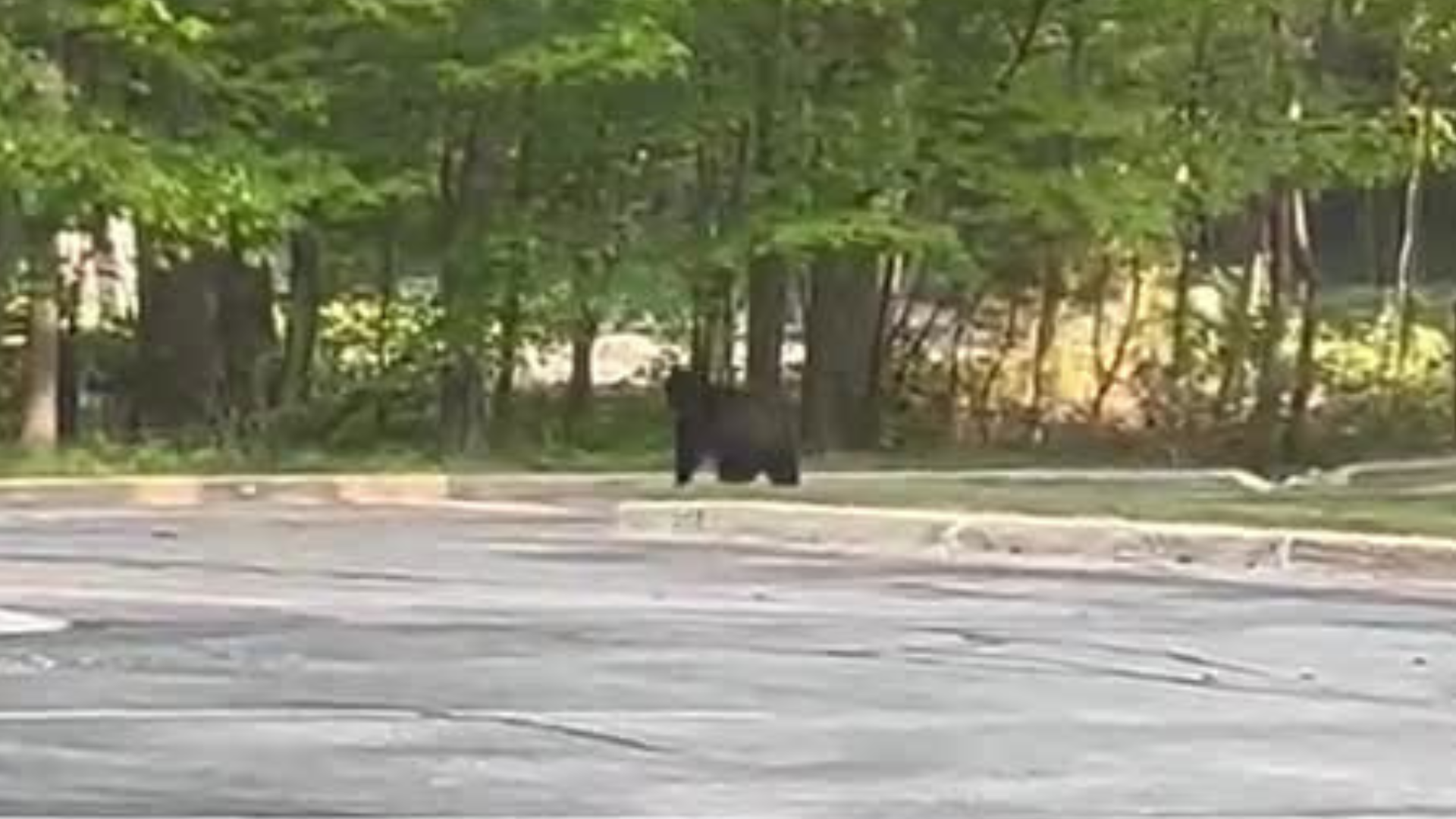
In part one of our special report on Native American boarding schools, we brought you the story of two people who attended the Holy Childhood boarding school in Harbor Springs and endured years of abuse at the hands of the nuns running the school.
Now, we’re highlighting the renewed effort to help survivors of the school heal and reinvigorate their Native American culture.
The Holy Childhood boarding school was open in Harbor Springs from the 1800s to the mid-1980s.
Generations of Native American children attended the school. Meredith Kennedy was among the last of the students to walk the halls.
But her connection with the school became even more personal in 2011 when human remains were unearthed during road work around holy childhood.
“We’d been given two days to go and collect our ancestors and we didn’t get all of them, and they’re still under the road, because whoever we couldn’t get got paved back over. When we were working in 2011 you could clearly tell. You cannot mistake a child femur for an adult femur,” said Kennedy.
The discovery only further confirmed long held beliefs that children died at Holy Childhood. Dawn Sineway-Crampton also worked to collect what remains they could,
“It made my gut hurt and it made my heart hurt, because it’s like what did this child do to deserve to walk on or what did somebody do to this child. And that’s the saddest thing, because we will never know the potential, we will never know what these children could have been,” said Sineway-Crampton.
It’s a situation not unique to harbor springs and likely to repeat itself at sites of former schools across the U.S.
Canada faced its own reckoning with the discovery of hundreds of unmarked graves at boarding schools earlier this year, and that prompted a Facebook video from Kennedy.
That spurred a group of survivors of Holy childhood who now meet monthly to heal but also discuss how to share the story of what happened at holy childhood and other Native American boarding schools.
“We need to get this out, we need to let America also have that shame, and we need to no longer be the Indian problem because that’s how us policy has always treated us, as the Indian problem, so we needed to be the Indian solution,” said Kennedy.
Washington D.C. is also taking action.
Interior Secretary Deb Haaland, the first Native American to hold a cabinet position, has ordered a review of U.S. Native American boarding school policies.
She’s tasked former Bay Mills tribal president Bryan Newland with compiling the report.
Newland currently serves as Assistant Secretary of Indian Affairs at the Interior Department.
The report is expected to detail historic records along with possible burial sites.
“We’re all putting our hopes in that her imitative will put the truth out and start the healing and justice and reconciliation. The biggest thing of it is the impact boarding school did to generations, the intergenerational trauma, the unresolved grief and then we carry that burden and pass it down to our kids,” said Holy Childhood Survivor Linda Cobe.
“For all of my ancestors under this road and my relatives, they deserve a proper burial. My families within my community, deserve healing, my families deserve to say, for the next seven generations, we are going to heal and we will be a people that we know we are and we have always been,” said Kennedy
For years, Native American boarding schools witnessed unspeakable horrors: a dark history that for decades stayed silent but now begs not to be forgotten.
And now a new chapter in the history of these schools is opening, and for the survivors, their story, in many ways, is just beginning.
“We’re not looking for people to feel guilty, we’re just looking for them to say wow,” said Kennedy.
“It’s very sad because at first we always thought it was just us and here it is it happening all over the world and for so long, but I say the time is now, now that everybody is talking all over the world,” said Holy Childhood Survivor Kim Fyke.
“It’s like a freedom to be who you were meant to be and for our communities to heal, there’s so much that needs to be done in the healing process,” said Cobe.
Newland said back in a statement back in September:
“Engaging tribes is a necessary step as we work to shed light on what happened at federal boarding schools and chart our path forward. These conversations will not be easy, but they are critical as we truly investigate the legacy that these institutions left behind.”
That report is expected to be complete in April of next year.
You can listen to our full interviews with Kim, Linda and Meredith in our

© 2023 - 910 Media Group


